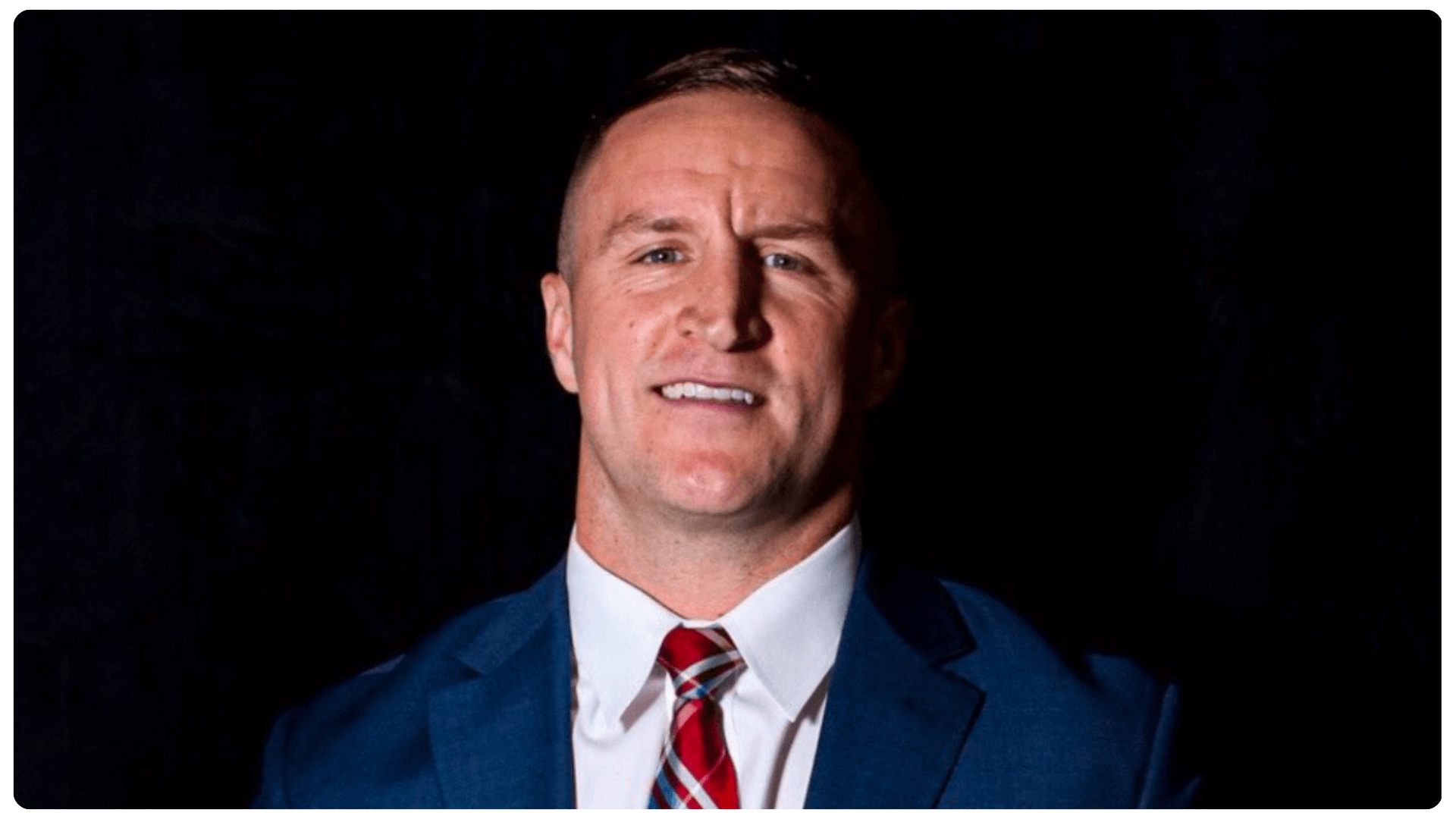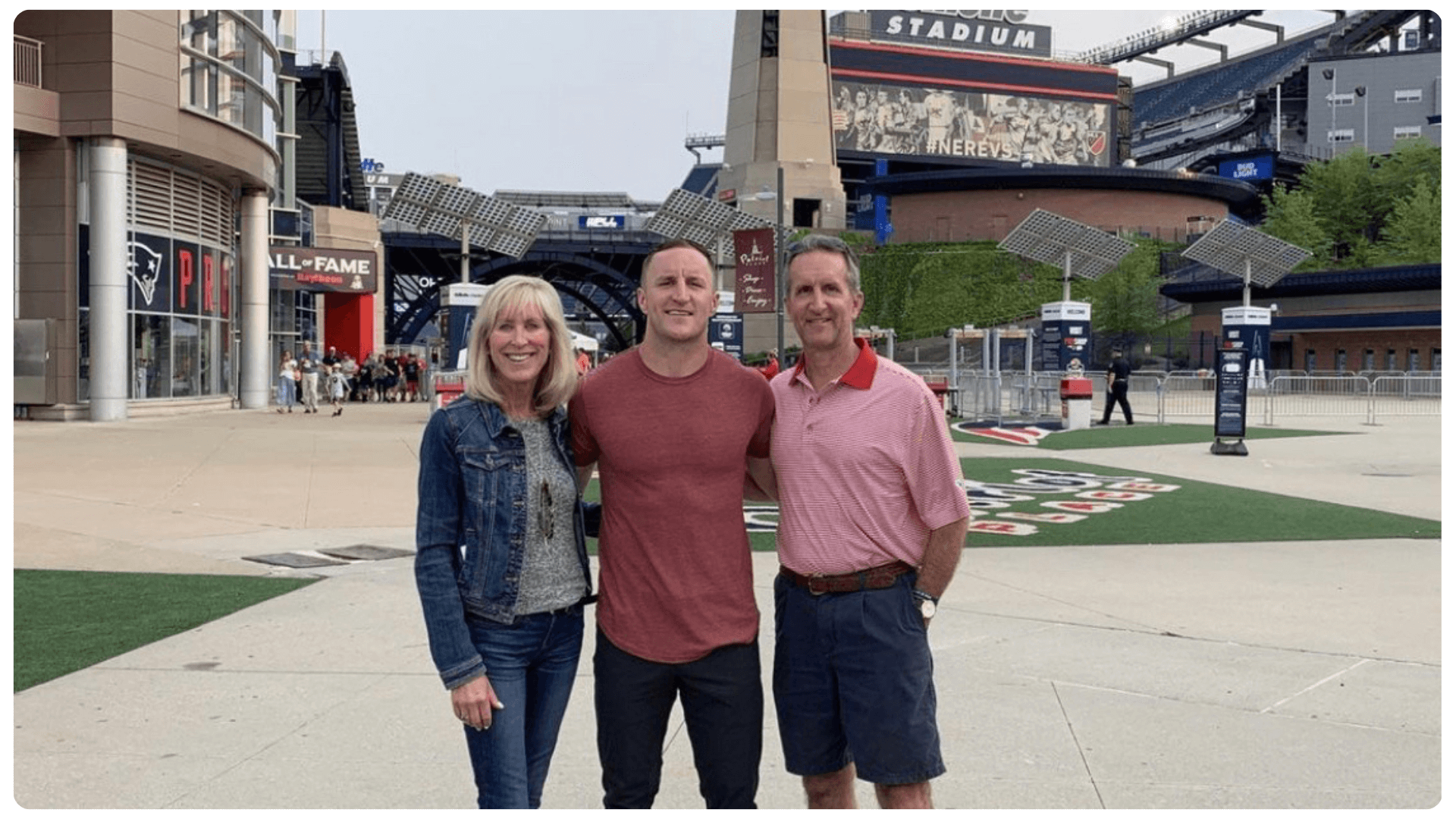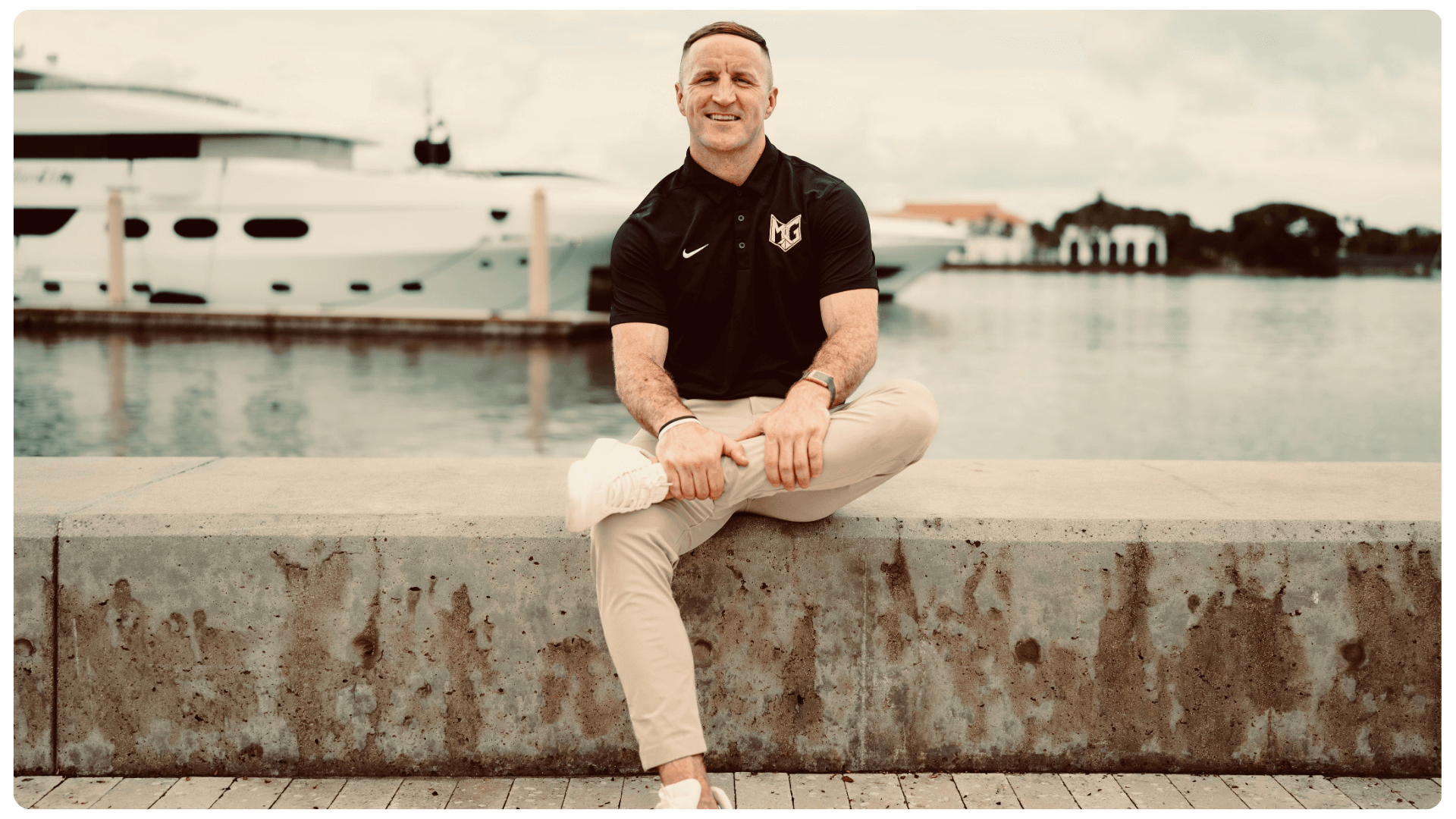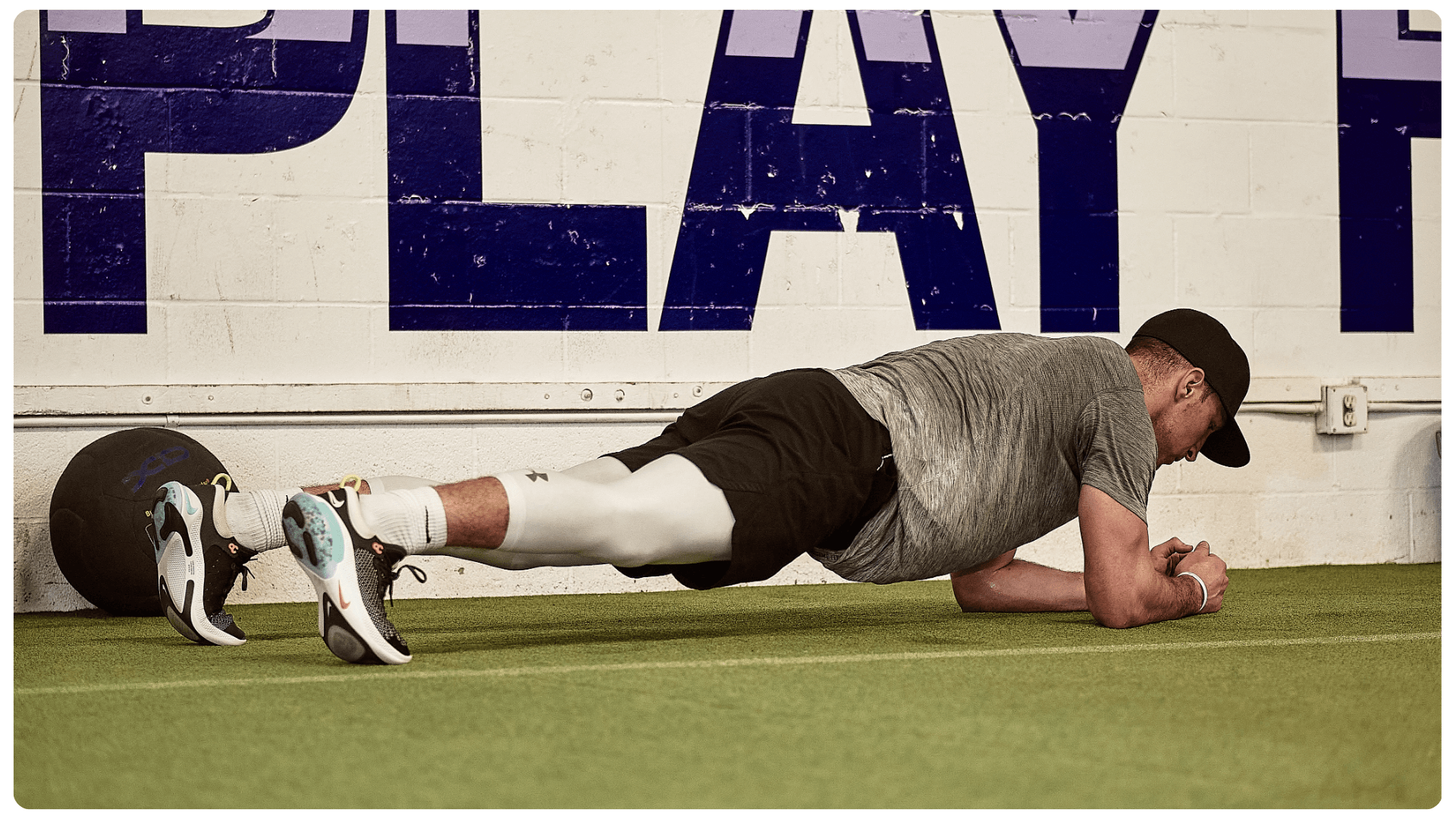To Master, 1st Be Mindful
One of the greatest mental skills we can acquire is to stay mindful even when our mind is full.

The quality of this determines the quality of our lives.
It matters on the individual level. It matters on the social level. It matters on the spiritual level. Most of it is nonverbal. It’s less about what and more about how. Similar to food, it has a texture. Similar to medicine, it can make you feel better. When used inappropriately, like an earthquake, it may devastate.
Never Split the Difference, by Chris Voss, emphasizes how language allows us to challenge, negotiate, and persuade… ourselves and others. As a former FBI hostage negotiator, Voss uses experience and research to explain the power of effective communication. Alongside labeling, mirroring, creating an illusion of control, and finding the black swan, my favorite takeaway is the 7|38|55 Rule. Only seven percent of overall messaging derives from spoken words. 38% of it all is tone in an individual’s voice. The final 55% is body language. Postural movements, facial features, physical gestures and mannerisms contribute to over half of how messages are received by others.
As a professional lacrosse player and coach, I watch hours of film. Even when the volume is muted, I am able to see how engaged an athlete might be through his or her posture. Are teammates communicating with one another? Are they playing together or competing more-so individually? Are they involved away from the ball or only interested when they have possession of it? Similar to basketball, lacrosse players are able to be in a “triple-threat” position, which refers to an individual’s readiness, alertness, and potential to shoot, to pass, or to dodge. Players can be in triple-threat positions with or without the ball in their sticks. The best players stay ready.
“You don’t rise to the occasion. You fall to your highest level of preparation.” — Chris Voss
In lockstep with this idea, Presence affirms authentic action over diction. Amy Cuddy explains how “power poses” can make us more courageous in challenging circumstances and conversations. Rather than succumbing to feelings of self-doubt or to emotions of overwhelm, anger, and fear… expansive body language is a golden ticket toward confidence. Intentional, nonverbal postures conquer inadequacy. We convey signals of warmth through an open, inviting stance. Scared displays can scare people away, whereas genuine presence keeps others present.
The key, over time, is to align this external behavior with internal narrative.
Our actions alter our beliefs, which manifest in our behaviors.
Within seconds of walking on to a stage or in front of a crowd, I intentionally smile, look around the room to make eye contact with those in the audience, and show them the palms of my hands or wave. I want them to know, without me saying a word, “I’m here to have fun!” “Thank you for your attention!” and “You can trust me!” By displaying my hands, I am showing that I am unarmed, welcoming them into a dialogical discussion. By connecting eye to eye, for brief moments of time, I am aiming to build bridges of belief, right from the beginning. By smiling, I am promoting more smiles.
As human beings, we are made up of over 60% water; therefore, our energy reflects an into, through, and back from one another.
In any conversation, the start gets the flow started and the last impression is the lasting impression.
When we fire together, we wire together.
According to Charles Duhigg in Supercommunicators, people want to be heard, helped, or hugged. Connection is the consequence of giving and receiving, like exchanging presents on Christmas morning. What do we truly want? How do we truly feel? In a disagreement, how are we going to untangle the knot that’s causing tension? These questions get to the heart of interactions because what is not said is equally or more important than what is said. Feelings that cannot find their expression in words will show up as tears, distress, or illness. When we vulnerably dare to seek what’s beneath a statement, however, our quest is likely to lead us to this truth: individuals just want to be listened to, led, and or loved.
What kinds of communication have we made common in our own lives? Is our self-talk filled with praise or criticism? Do we ask and answer from mindsets of abundance and gratitude, or from head-spaces of lack and mere survival?
In middle school, my science teacher named Mrs. Bloom gave us all the assignment of growing plants from seed to sprout to flower (pun intended). First, we poured an adequate amount of soil into a small pot. We then sprinkled and buried seeds beneath the soil’s surface. Every couple of days, we added water. All 25 pots sat along the window sill to receive daily sunlight.
After several weeks, many plants began to germinate. Some pots farther from the window or not properly tended to, had flowers that grew slower or abnormally. One of the students dug his fingers into a pot to see if anything was growing — this digging cut through some of its roots, killing the sprout. One of the students, every day, delicately removed any debris from the soil’s surface, which seemed to allow her flower to grow perfectly. The rest of us were in states of awe or pride when we saw our plants flourish after a couple of months.
What we learned then, and it still holds true today. Plants require attention, patience, and care to thrive. Is this much different than our personal, social, and spiritual relationships?
One of the care-filled practices for communication and relationships comes from the field of strength & conditioning. The F.I.T.T. Principle remains a tried and true framework for cardiovascular improvement, performance enhancement, and muscle growth.
Frequency: how often should we exercise?
Intensity: what effort should we give during training?
Type: which movements are most beneficial for us?
Timing: what is the optimal amount of time per session?
These four elements could be used for relationship-building, as well.
Checking-in consistently at appropriate energy levels via different technologies for sufficient amounts of time allows bonds to grow rather than break, fade away, or die out.
How often do we compliment, congratulate, or console those we love? Are we constantly asking for favors or giving others our attention (the most valuable currency we have)? When needed, do we show up?
The fittest friendships follow a fitting F.I.T.T. Principle.
If you had a penny and I had a penny, and we exchanged pennies… we would both have one penny. But, if you had an idea and I had an idea, and we exchanged ideas… we would both have two ideas with the potential for more.
We have zero control over them.
However, we can influence them for better or for worse by mastering one entity: communication.
The quality of our communication determines the quality of our lives.
Attend, give, and receive.
Hear, help, or hug.
Most of all, be present.
From our self-talk to prayer, presentations to conversations, let’s make growth common!
— MG
Mark is a Certified Fitness Trainer, Nutritionist, and Mental Performance Coach. He is currently pursuing a graduate degree in Sport & Performance Psychology at the San Diego University for Integrative Studies.
At Mark Glicini Peak Performance, we recognize that physical health reflects mental health. We study how intention drives behavior and emphasize that true peak performance requires an integrative approach—mind, body, and spirit.
As the Mark Glicini Meaningful Growth Foundation embarks on a journey of endurance and togetherness against the trials and tribulations brought upon by cancer, I state: every inch of my heart is in this.
Like so many, cancer has had a profound impact on my life. It took the lives of my grandfather and uncle before I was born. For years starting in 2011, I stood by my mother’s side as she battled and overcame lymphoma. Her fortitude, unwavering support from loved ones and God’s will triumphed amid extreme adversity.
Although we have not and may not win every fight, we will relentlessly strive to make an individual’s growth meaningful and to ensure his or her family feels cared for and supported. Thank you for your love, God Bless!

One of the greatest mental skills we can acquire is to stay mindful even when our mind is full.

There’s no such thing as retirement.

“God, grant me the serenity to accept the things I cannot change, the courage to change the things I can, and the wisdom to know the difference.”